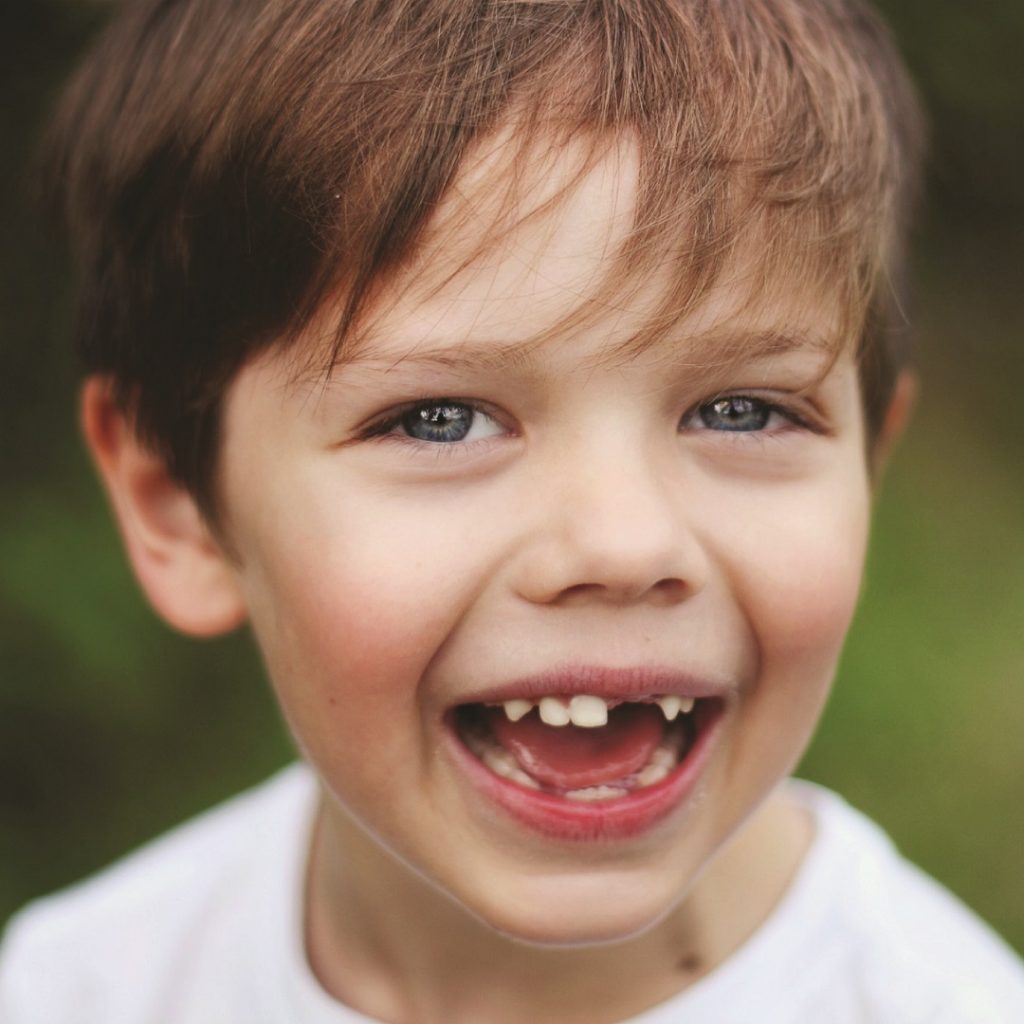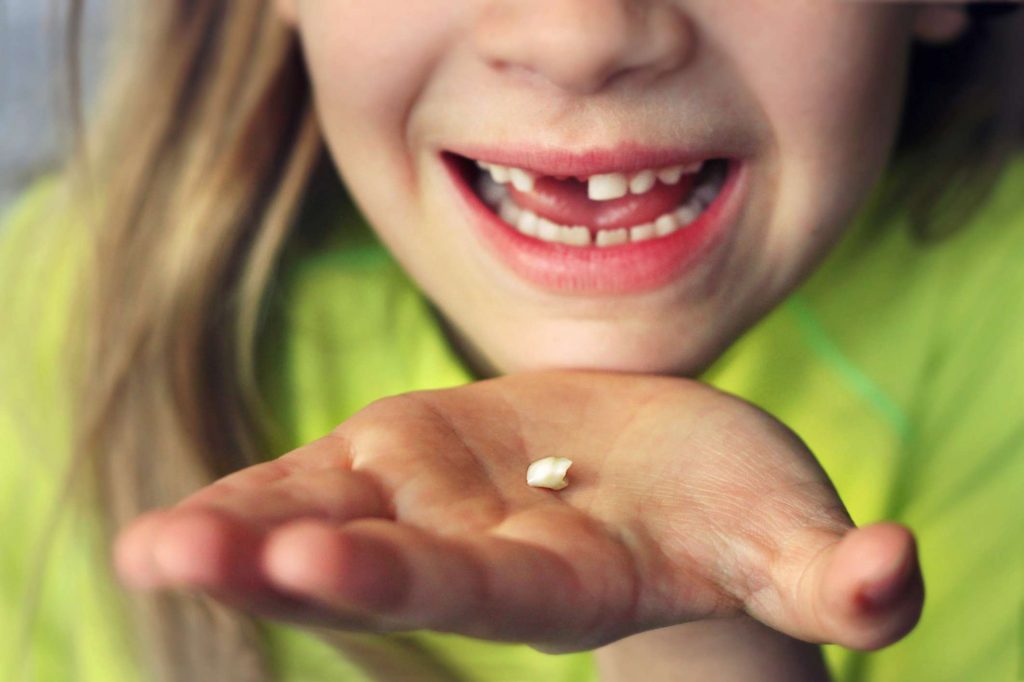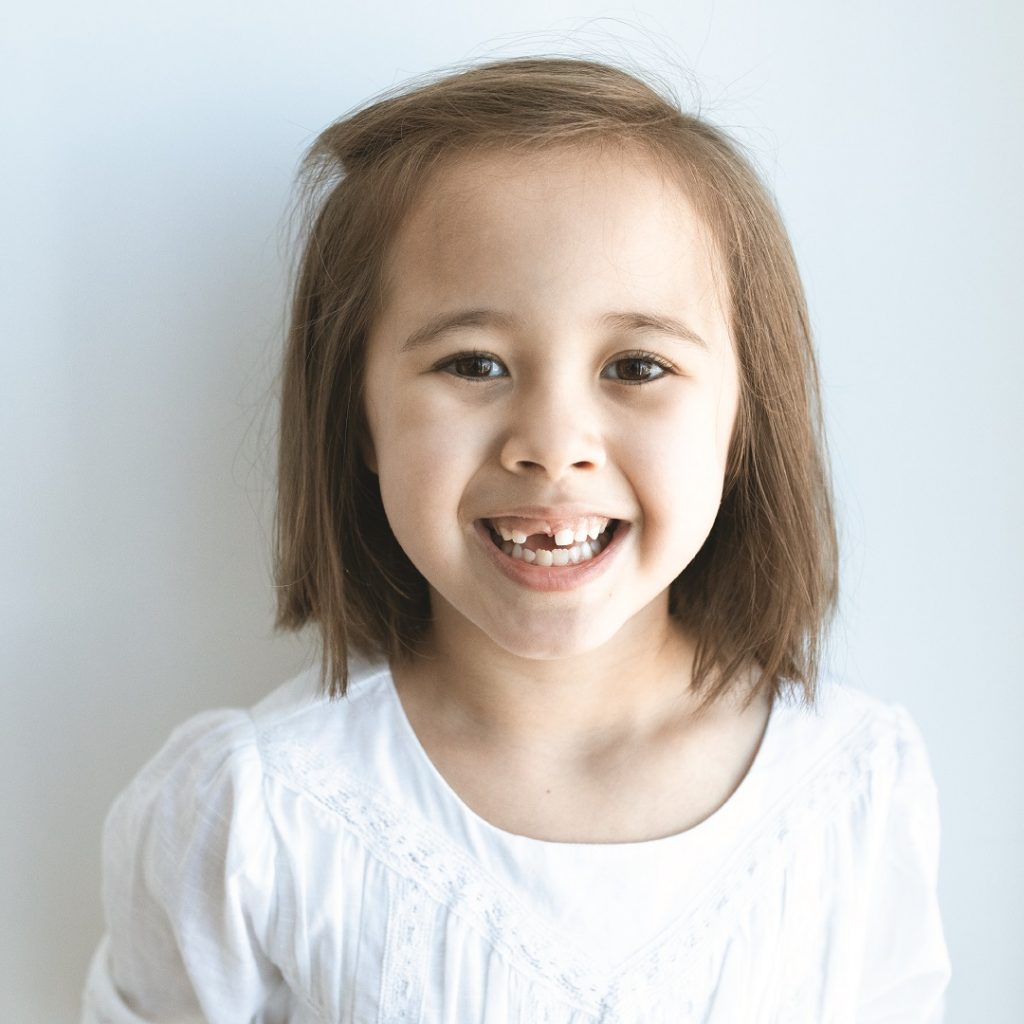When children are growing, their facial growth involves increased lower jaw size causing some adjustments to the previous crowded teeth. 12 year old kids should only have permanent teeth as all their baby teeth had fallen out. A 15 year old child should consult a dentist if he/she s still has baby tooth.
Everyone has two sets of teeth
Recently I went on air and I found out that a lot of parents confused over the matter of children’s tooth emergence period. That is why today we are going to talk about this topic and hopefully it could clear some parents’ doubt.
We, humans normally have two sets of teeth, which are baby teeth and permanent teeth. Baby teeth consist of 20 teeth while permanent teeth consist of 32 teeth. You will be wondering why do I say the word “normally”? It is because some children may only have one set of teeth or lesser due to genetic abnormality. So if the baby teeth are being extracted without proper investigation it would render the child toothless for life. Of course, some of the children may have certain missing permanent teeth but still have other teeth that dentition is sill in good condition. Therefore, do not easily succumb to extraction of baby teeth and believe that there will be permanent tooth to replace the extracted tooth. Even though only a small part of people encounter this problem but your child might be one of them. X-ray is the best way to let you know whether your child has permanent teeth.
The differences between baby teeth and permanent teeth
Human’s teeth consist of incisor, canine and molar. Adult’s posterior teeth are classified into premolars and molars. A set of baby teeth include 8 incisors (4 central incisors and 4 lateral incisors), 4 canines and 8 molars, giving a total of 20 baby teeth. On the other hand, a set of permanent teeth include 8 incisors (4 central incisors and 4 lateral incisors), 4 canines, 8 premolars and 12 molars, giving a total of 32 permanent teeth.
Teething ends at the age of 12
When a child continues to grow, the size and number of deciduous teeth could not adapt to the increase in forces of mas ca on and jaw size. Thus deciduous teeth would start to shed physiologically at the age of 6 un l 12 years old. Teething has two stages which consist of shedding of deciduous and emerging of permanents. It takes 6 years for all deciduous teeth to be replaced. Thus after 12 years old, a child should have shed all deciduous teeth. If deciduous teeth are still present when the child reaches 15 years old it is best to go for a dental check up







